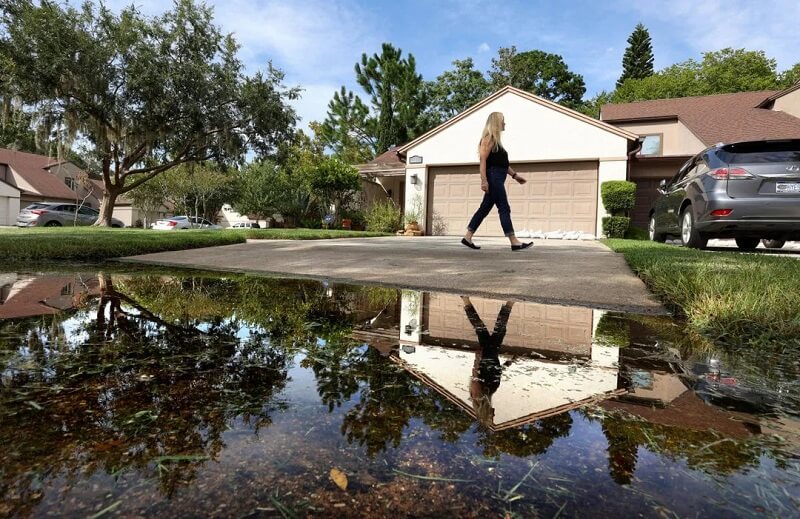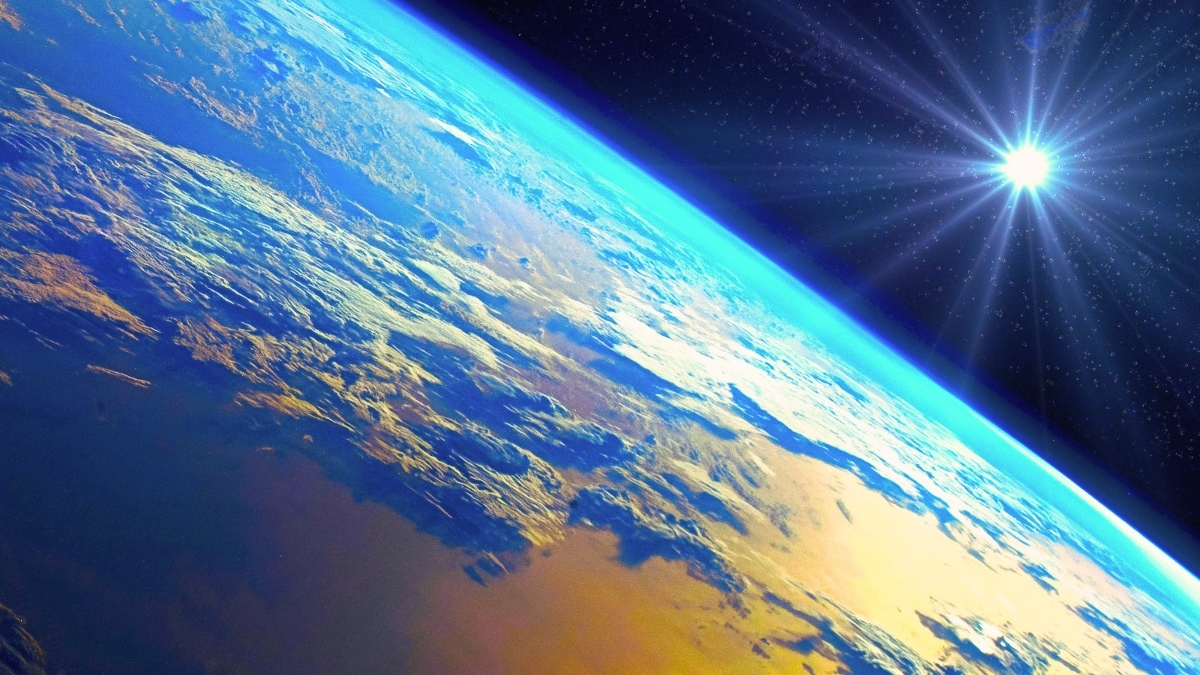The Southern Ocean has been dutifully gobbling up a century’s worth of carbon dioxide and heat released by human activities, but when we finally let go of our fossil fuel habit, it might come back to haunt us.
In a new paper, climate scientists from Germany predict that when we humans eventually stop releasing greenhouse gases into the air, and the world ultimately cools down, the Southern Ocean shall let out a tremendous and abrupt ‘burp’ of heat that will bring on global warming yet again, for at least a century.
Their prediction is based on a well-known climate framework, which combines models on atmospheric energy and moisture balance, ocean circulation and sea ice, land biosphere, and ocean biochemistry. This helped them simulate an idealized future climate change scenario.
Related: Mass Coral Die-Offs Confirm First Breach of a Major Climate Tipping Point
It goes like this: Human activity continues to increase greenhouse gas emissions, reaching a peak within 70 years, at which point atmospheric carbon dioxide is doubled.
Then, emissions are rapidly cut – through human ingenuity, perhaps, or maybe human extinction – after which several hundred years of net-negative carbon emissions cause the world to gradually cool down.
Heat accumulates in the ocean under global warming for a few reasons. Firstly, waters deep below the surface are ventilated with warmer waters from above. Secondly, the ways it naturally lost heat before industrialization – like upwelling from deep circumpolar waters in the Southern Ocean – are reduced.
In the model, the ocean continues to absorb heat well after atmospheric CO2 peaks and net-negative emissions are reached, because surface atmospheric temperatures also take their time to fall. This future ocean also has a greatly increased capacity to absorb shortwave solar radiation, since much of the sea ice that historically reflected the heat has melted.
“We find, after several centuries of global cooling under negative CO2 emissions, global atmospheric warming that is unrelated to CO2 emissions and is caused by ocean heat release,” explains the team led by biogeochemist Ivy Frenger from the GEOMAR Helmholtz Centre for Ocean Research.
“The rate of warming is comparable to average historical anthropogenic warming rates and lasts for more than a century.”
In other words, the ‘buffer’ that the Southern Ocean is giving us now, by absorbing the heat trapped in our atmosphere by greenhouse gases, cannot hold up forever.
And this dormant heat, once released, would not be equally distributed across Earth. It would have global impacts, of course, but the team found the warming will be “greatest and longest-lasting in the Southern Hemisphere, suggesting a greater impact on today’s more vulnerable countries of the global south.”
These kinds of models can be somewhat oversimplified and idealistic, but even when the same scenario was tested using other modeling setups, the results matched. This challenges the notion that cumulative CO2 emissions and global warming go hand in hand, an assumption that “underpins political decision-making,” the authors point out.
This means we may need to manage our expectations around how long it will take to see any benefits from climate action, perhaps even centuries after reaching net-negative emissions.
The world, according to these models, will continue to warm long after we quit our fossil fuel habit. But the longer we put it off, the bigger that ‘burp’ may get.
This research was published in AGU Advances.
First Appeared on
Source link














